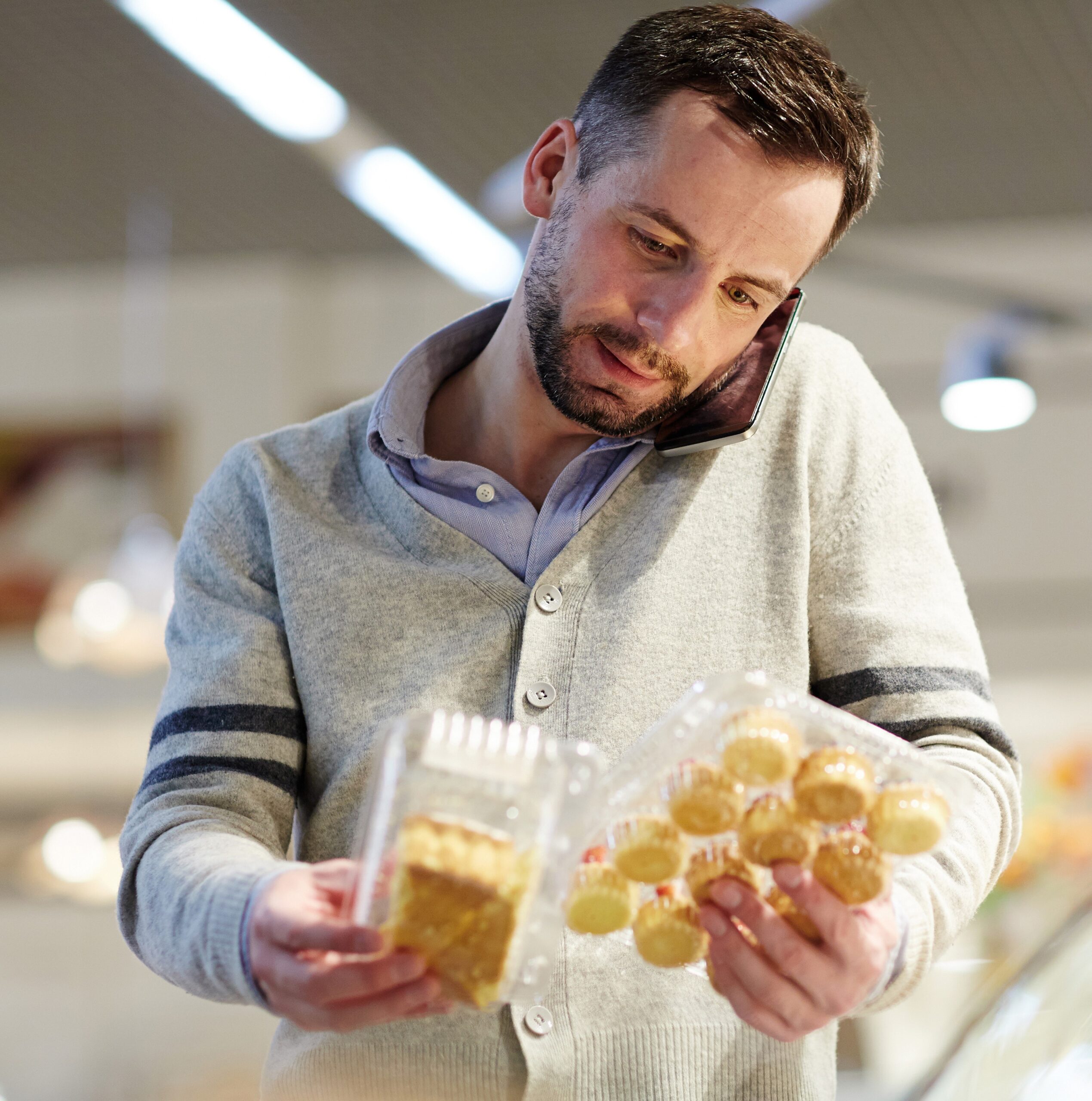Reduce and slow down
First of all, we must try to reduce and slow down the gigantic flow of packaging by preventing unnecessary use and reuse of packaging. Naturally, the requirements for hygiene and public health are paramount, so the major challenge is how we can make reuse attractive and safe. This is possible for a large number of products. Pieter Pot now has a range of over 250 ‘packaging-free’ items. Instead of plastic packaging, the products are in reusable preserving jars. Unfortunately, reuse of packaging is not possible for all products and situations.
Controlling the flow
Where reuse is not possible, it is essential to gain control over the flow of packaging you market. This can be done with a collective ‘open’ system, such as the collection of plastic packaging and beverage cartons. With an open system, however, there will always be leakage losses. With a closed system you can better control the flow. Think of deposit and return systems where ownership and responsibility for collection, cleaning, checking, reuse and recycling remains with the producer. The choice of reusable packaging or for the collection and recycling of packaging will depend on the situation of use and the infrastructure of different countries. But it seems clear that things have to change in the future.
What does this mean for users?
In a circular economy we will become ‘users’ instead of ‘consumers’. Sometimes the responsibility for reusing, cleaning and refilling packaging lies with the user, but often it is facilitated by a company. This means that sometimes we will be asked a little more time and effort to return packaging properly, in exchange for a clean and liveable world. Circular solutions are often slightly more expensive, but what does cleaning up the streets, rivers and oceans actually cost?
What does this mean for designers?
For designers this means that they will develop packaging solutions that are part of a circular system. Various design strategies are possible here, which can be chosen depending on the situation of use. You can look for radically innovative concepts (rethink), or opt for reusable products that can be fully or partially reused. Or you focus on reducing the product flow and the use of recycled or biobased materials that must of course be suitable for recycling.
It is a clean task for the government and NGOs to reward frontrunners and to address the laggards who persist in the linear economy. Circular packaging is the new normal, so make sure you are ready.
How do we get a grip on the ever-growing stream of packaging and consumables? That is the central theme in the book ‘Products that flow’, written by Siem Haffmans, senior advisor at Partners for Innovation, in collaboration with Ed van Hinte, Marjolein van Gelder and designer Yvo Zijlstra. The book offers inspiring solutions for both circular business models and design strategies and will be available in a Dutch edition from the beginning of April 2020. The book can be ordered for € 29.95 from BISpublishers .


 By Siem Hafmans
By Siem Hafmans
